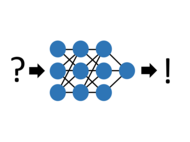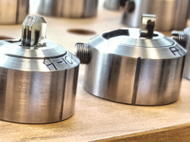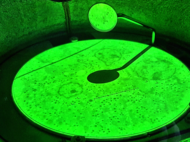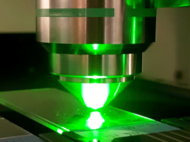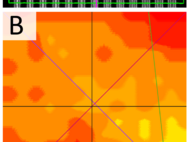
Microscopy
The scientific service group microscopy provides resources, technology, and expertise to study the morphology and function of cells, tissues, and organisms. Supported imaging technologies range from the visualization of molecules, cellular light and electron microscopy to automated scanning and analysis of hundreds of microscope slides. We teach all the technology we offer as a service, continuously evaluate new technology, establish novel application workflows, carry out quality control, maintain facility instruments, consult users on experimental design, offer advice on data management, and provide limited support for image analysis.
